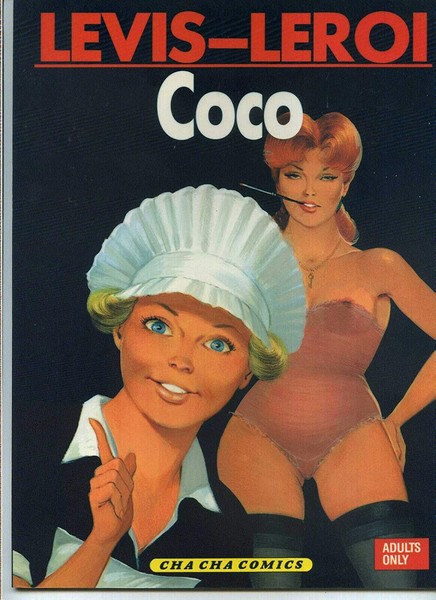“Ah, Coco. You’re slender, blond and beautiful. Like a cigarette. And I’m going to light your fire.” The French claim a long, storied history with l’amour. In Coco it appears some things got lost in translation as the story occasionally makes some abrupt narrative transitions that some may find hard to follow if they read the book for narrative flow.
Young Julie has to learn the ropes fast when she’s sent to live with her mother at a Paris bordello. The year is 1942 and France is under Nazi occupation. Women get by whatever way they can. In Julie’s case, that means showing the customers to their rooms and scrubbing the bidets. But Julie isn’t content playing second fiddle for long, and starts angling for a promotion. This excites the madam, named Maman, who plans to auction Julie’s maidenhead. Julie takes the name Coco and eases in to her new profession gradually. Her relationship with her mother becomes strained and narrative tension builds around the various Nazis, collaborators, and resistors who make up the male cast vye for Coco’s “piece of cheese” as Maman calls it.
Titled “Dodo” in the original French, Coco offers a mostly happy fantasy vision of prostitution, and a romantic depiction of life under Nazi occupation. There is plenty of graphic sex and the book has a palpable French sensibility.
